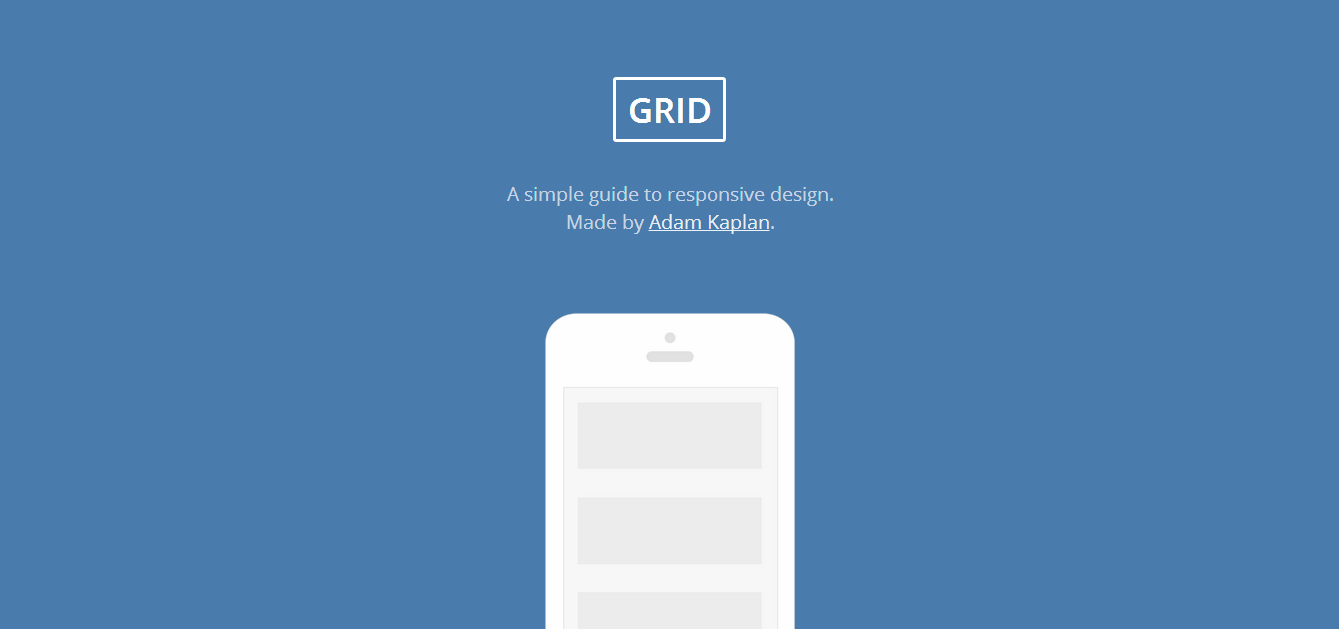The enhanced functionality, features and flexibility provided by responsive design frameworks has greatly assisted in the rise of numerous websites, which has further amplified their demand. A framework is a categorically grouped combination of files containing varying codes (JS, CSS, HTML, etc.) that allow developing websites without starting from scratch. Since front-end development frameworks simplify the complexity involved when creating websites, the developers can focus on integrating new features for increased usability. Moreover, the JavaScript, CSS and HTML frameworks deliver a new range of features which provide workable solutions for many issues, which has led to the following being the most popular frameworks for their categories:
JavaScript Frameworks
Declared as the optimal programming language for learning by IBM, JavaScript frameworks are both reliable and can be modified during runtime, enabling rapid integration of changes. Following 4 are the best JS frameworks:
Angular.js
Rated as the best framework that JS has to provide, Angular.js empowers developers with an endless list of features which allows them to create otherwise complex web pages with simplicity. Classified as a Mode-View-Whatever framework, it is extremely suitable for both entrepreneurial and mid-tier businesses. Moreover, it is subject to immense development and supports real-time changes reflected from back to front end, and testing is easily conducted on applications developed on it. Due to its rising popularity, it has carved a niche for itself as the most extensively used framework for developing Single Page Applications (SPAs).
Backbone.js
Created to serve as a user-friendly framework with streamlined functionality to allow even novices to begin development, backbone.js is a simple yet by no means scaled down JavaScript framework. This can be proven by the fact that business of immense scales such as Walmart and Pinterest use it to power their applications. Being lightweight and easy to use means it is a developer’s choice where efficient, streamlined yet effective coding is required.
Meteor.js
Meteor.js debuted back in 2012 and had since undergone significant improvements. Created to supply a framework for rapidly creating mobile and web applications, it excels in delivering applications, where deadlines are short of revisions, are required during runtime. With the support of two-way data binding, any modifications made are immediately updated on the frontend, allowing developers to both assimilate and debug issues even when the application is live.
Ember.js
Since Ember won the title of being the best JavaScript framework in 2015, it has undergone significant development and now has a dedicated community, is actively used and developers are keeping it alive with regular updates. Ember supports two-way data binding and the Fastboot.js module which optimizes performance for heavy web pages with complex underlying coding. Due to this, it is an optimum choice for complex web pages or when detailing and customization is required.
CSS Frameworks
Cascading Style Sheet frameworks reduce the complexity of developing web designs from scratch by providing a predefined set of coding which is reusable. It consists of source code involved in development, HTML elements, files for ensuring browser compatibility and CSS classes for complex components.
Bootstrap
Serving as a framework prioritizing mobile first development approaches, Bootstrap supports CSS, JS and other frontend files which can be used to direct the project in any direction the developer chooses. Bootstrap provides code for components such as checkboxes, alert messages and option panes, so the user does not have to define them from the start again. The considerable number of usable components and robust nature makes it a choice framework when the project needs to be directed in more than one direction.
Skeleton
Yielding excellent results for mobile development and responsiveness, Skeleton is an optimal example of modern frameworks. Designed to allow developers rapid coding, debugging and modifications in existing projects, Skeleton exploits its intelligent list of CSS files to provide the latest components and features. Moreover, the platform is receiving immense development, and its libraries benefit from frequent updates, ensuring the latest trends and elements are included in it.
Pure
Consisting of just one style sheet file, Pure is a framework which does not lose its ability to deliver responsive web designs despite being streamlined. Owing to its multiple, limited yet highly functional CSS modules, Pure can be utilized to create projects which accommodate latest features. Pure is well suited for projects where certain specialized features are focused on rather than being a generalized one.
HTML Frameworks
HTML frameworks require little coding to create practical applications and hence accelerate development process through reusability and quality by providing the latest coding being deployed for web pages.
Monaca
With the ability to permit cloud application development, Monaca is widely adopted by developers since it also provides both front and back end debugging options. The internal testing environment checks whether the code is erroneous or not and seamless integration of modules further enhances its capabilities.
Sencha Touch
It is rare for a framework to provide both quality and compatibility, and Sencha Touch counts among the few that do. It is favored by developers for mobile first projects where the usage is intended for other platforms as well. Sencha Touch supports cross-platform compatibility, which permits engagement on different platforms despite being developed primarily for mobiles. Capable of delivering complex applications loaded with features, Sencha Touch is a framework designed to provide both simple and complex solutions.
Foundation
Loaded with features, Foundation brings a list of latest templates, components and other elements which have been recently introduced. Since it receives feedback from an active community, it is continually under development and hence is a polished framework capable of delivering quality results.
Choosing the Right Framework
Although frameworks vary in nature, choosing the right one depends on the requirements which must be fulfilled. Considering the skill level is imperative to ensure development will proceed smoothly while researching the features being offered through an objective-oriented approach confirms if the requirements can be achieved through the chosen framework. From the list of highly rated JS, CSS and HTML frameworks mentioned, the respective project can be built in a manner which certifies uncompromising quality as well as usability.
Author Bio:
Asad Ali is a digital marketing expert having more than 7 years of experience. Currently, he is heading the marketing team at GO-Gulf Dubai – a custom website development company. His vast exposure to Search engine optimization, design optimization, boosting conversions and targeting relevant customers makes him an industry expert. You can reach him on LinkedIn.



